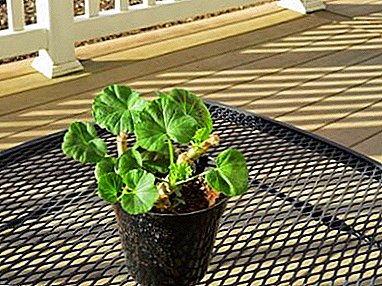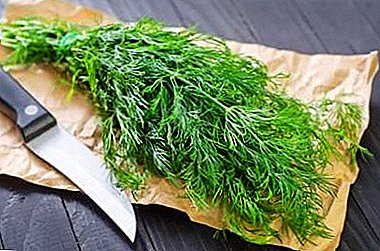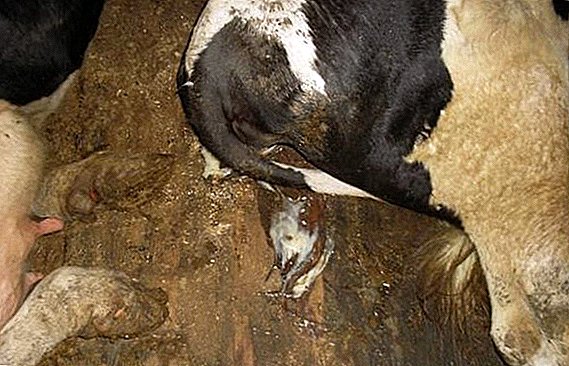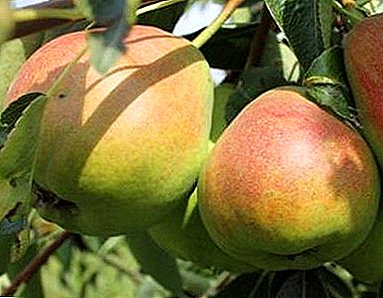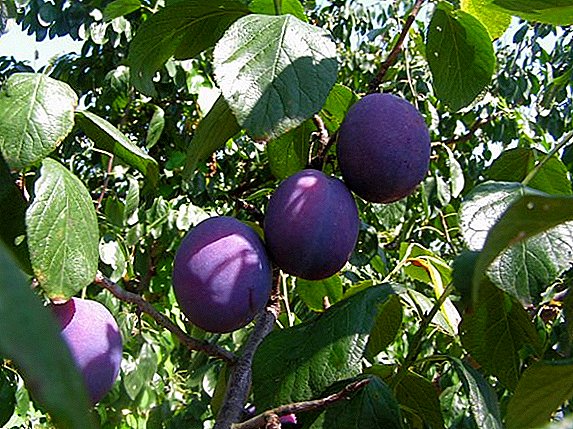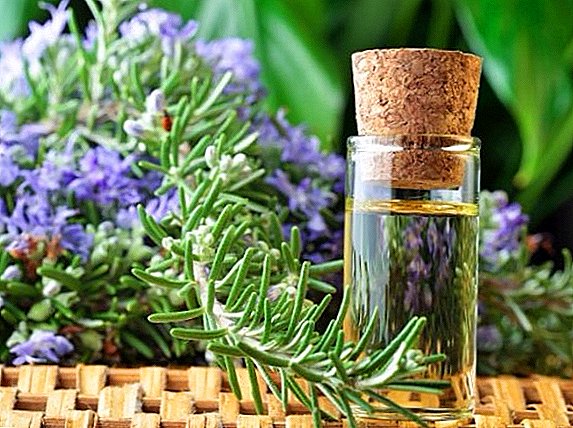
When the season turned out to be extremely fruitful, and fresh apples have nowhere to be attached, the saving decision will be harvesting dried fruit.
In addition to charlottes, jelly and other desserts, later from properly prepared dried apples can be tasty and rich in vitamins compote.
Not every variety and type of apple is perfect for this purpose.
How to dry apples for compote? Gardeners and housewives need to adopt a few simple rules that take into account all key nuances in drying apples for fruit drink. Among them are tips on choosing the best varieties, preparation, sterilization, special methods and suitable places for drying.
Drying varieties
Which varieties of apples are suitable for compote drying? Many experienced chefs claim that they are suitable for dried fruits. almost any varieties apples, provided that the fruits are ripe and not too sour taste.
The overwhelming majority of such varieties are northern small-fruited apples, for example, injections: Dawn, Scalepovka, Dessert, Kisilevka, Tuvinka, Severyanka other.
 They usually contain about 1.5-2.5% of P-compounds.
They usually contain about 1.5-2.5% of P-compounds.
Another varieties - Vinovka yellow, Anise Scarlet, Chinese gold and Amber - also an excellent option for the preparation of dried fruit for decoction.
If you don’t have any of the varieties listed, try to choose the apples to your taste - the best in this plan will be fruits with bright sweet-sour taste.
How to check the apples?
How to check that the fruits are suitable for cooking on compote of dried fruits? Take a good look at to the pulp of apples during drying. If you haven’t blanched or otherwise processed apples against iron oxidation, you will notice that the apple slices will not lose in light yellow color. Correct varieties do not grow dull, and dried pieces or slices of apples are soft to the touch and slightly springy.
Vitamin P It has a beneficial effect on capillaries and blood vessels, and in combination with ascorbic acid regulates the redox processes of the body. It is the abundant availability of this vitamin in apples that can help in the preparation of transparent, rich in taste and nutrients compotes.
Fundamental rules
How to dry apples on compote at home? Do not forget that, depending on the capabilities of your home or plot, you can dry the apples in different ways. Drying apples at home involves the use of such comfortable rooms as a balcony or attic.
If it is almost impossible to create favorable conditions for these purposes in the house, then all that remains is drying the apples outside.
Also developed a lot of units and devices that significantly simplify and speed up cooking. In the article "Drying apples with household appliances," you can find a list of all kinds of drying equipment, not only gas or electric oven.
It also lists all the details that worth considering during dryingso that the dried fruits do not get too brittle or vice versa, sticky and sticky.
 Even if your choice fell on a variety of apples that is ideal for compote, during the quick boiling dried fruit risk losing 2/3 of all vitamins.
Even if your choice fell on a variety of apples that is ideal for compote, during the quick boiling dried fruit risk losing 2/3 of all vitamins.
To prevent this from happening, let the pieces brew in warm boiled water, but in no case do not scald them with boiling water.
During the night, the fruit will be saturated with water, slightly swell, and will be ready for cooking compote.
How to dry apples in special dryerYou can find out from this video:
Step-by-step instruction
How to dry apples for compote for the winter? The first step in the preparation of dried fruit is the preparation of apples before drying. It includes not only the best way to cut fruits, but also various secrets to preserve the color and long-term product.
As for cleaning apples, most recipes recommend do not cut off the skin and leave the apple pith along with bones. They will not spoil the taste of your fruit compote, but will only add nutrients. The peel is known to be very rich in vitamin C, minerals (iron, magnesium, potassium, calcium, phosphorus, etc.), as well as pectins.
It is not so important where and on what you dry the apples - on the baking tray in the oven, in the dehydrator or on the thread, right in the kitchen.
So, if you decide to cook dried fruits for compote on a string, hanging it on the open loggia, it is better to cut medium-sized fruits into equal slices. Focus on a thickness of 0.5-2 cm.
Before drying, you can use saline. This stage is highly desirable if you want to protect sliced fruit from fruit midges and other insects. In addition, dried fruits processed in this way will be kept much longer.
Under any circumstances, support to sliced apples access to fresh air with moderate or low humidity. The room where the fruit is dried should not be saturated with extraneous strong odors. Otherwise, the dried fruits will be spoiled, as will the future compote of them.
How to dry apples for compote at home? An interesting recipe for drying apples in the oven with chips of cherry in this video:
Summarizing
 If you have chosen to dry specially bred varieties apples, and the process of drying and boiling compote is made correctly, then you will get light aromatic drink - no turbid precipitation and not brown shades.
If you have chosen to dry specially bred varieties apples, and the process of drying and boiling compote is made correctly, then you will get light aromatic drink - no turbid precipitation and not brown shades.
Such compotes helpful in the prevention of beriberi, possess medicinal properties, and just good to the table in the winter evening.
Store dried fruits from apples, intended for compote, should be under the same conditions as if you were dealing with the rest of the drying - in carefully ventilated, dark and cool places.



